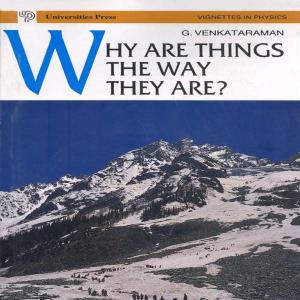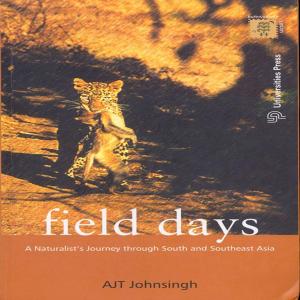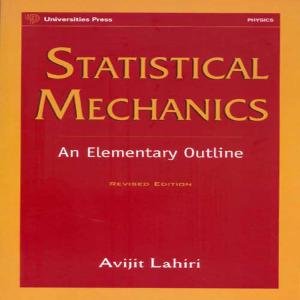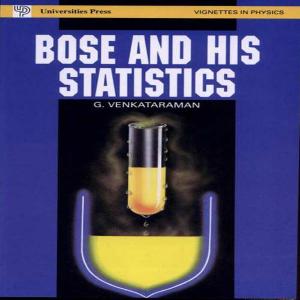Birds: Beyond Watching
Nonfiction, Science & Nature, Science, Biological Sciences, Fiction & Literature| Author: | Abdul Jamil Urfi | ISBN: | 9788173718687 |
| Publisher: | Universities Press (India) Pvt. Ltd. | Publication: | March 1, 2013 |
| Imprint: | Language: | English |
| Author: | Abdul Jamil Urfi |
| ISBN: | 9788173718687 |
| Publisher: | Universities Press (India) Pvt. Ltd. |
| Publication: | March 1, 2013 |
| Imprint: | |
| Language: | English |
Birdwatching is reckoned to be an important tool for initiating the process of inquiry into the natural world. Birds are colorful, full of movement and diurnal. They capture the popular imagination well and are also important symbols of the conservation movement. In todays context, with natural habitats coming under increasing threat there is a greater need for biodiversity monitoring, bringing about greater awareness for environmental converns and action. In this regard, amateur birdwatchers are an important target group as they have a role to play not only in the dissemination of information but also in assisting professional conservationists in gathering data on bird distributions and abundance. Clearly, there is also a need for a book which takes amateur birdwatchers beyond simply watching birds and treating them merely as objects of identification, much in the same way as a stamp collector does with his or her stamp collection. This book should acquaint birdwatchers, nature lovers, students of biodiversity (especially those from a non-zoology background but also those from a zoology background) with ecology, conservation issues, bird study principles, and above all the methods of observing and recording. This book is a departure from these conventional books as it is written in a light, easy to read style, peppered with anectodes.
Birdwatching is reckoned to be an important tool for initiating the process of inquiry into the natural world. Birds are colorful, full of movement and diurnal. They capture the popular imagination well and are also important symbols of the conservation movement. In todays context, with natural habitats coming under increasing threat there is a greater need for biodiversity monitoring, bringing about greater awareness for environmental converns and action. In this regard, amateur birdwatchers are an important target group as they have a role to play not only in the dissemination of information but also in assisting professional conservationists in gathering data on bird distributions and abundance. Clearly, there is also a need for a book which takes amateur birdwatchers beyond simply watching birds and treating them merely as objects of identification, much in the same way as a stamp collector does with his or her stamp collection. This book should acquaint birdwatchers, nature lovers, students of biodiversity (especially those from a non-zoology background but also those from a zoology background) with ecology, conservation issues, bird study principles, and above all the methods of observing and recording. This book is a departure from these conventional books as it is written in a light, easy to read style, peppered with anectodes.















